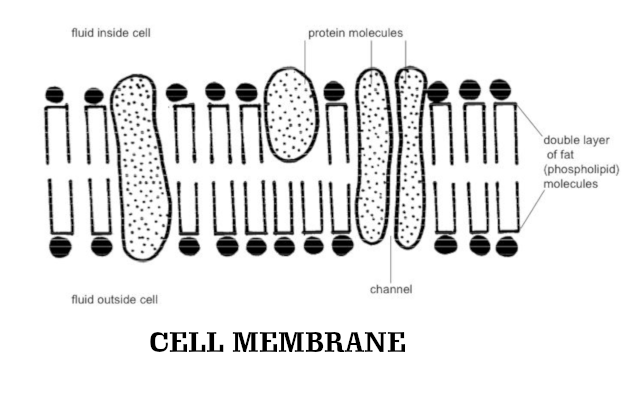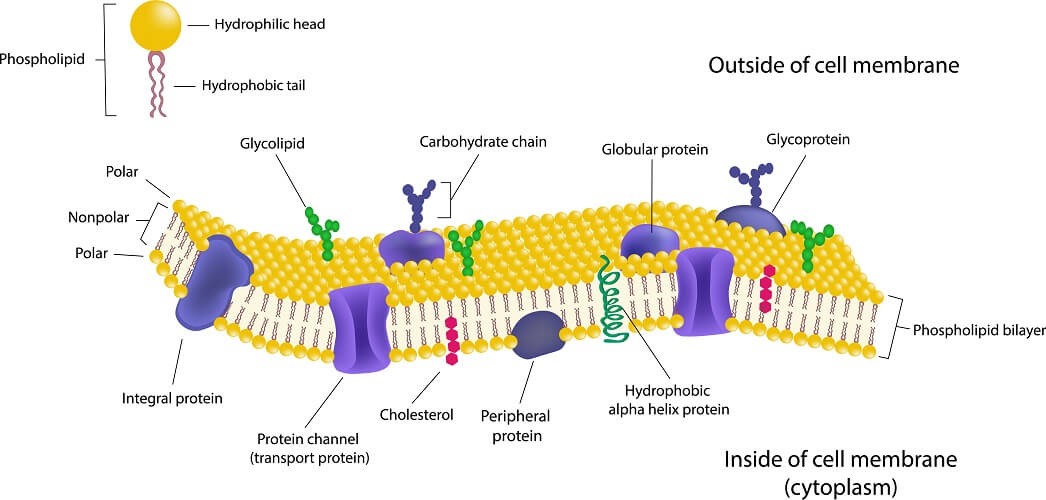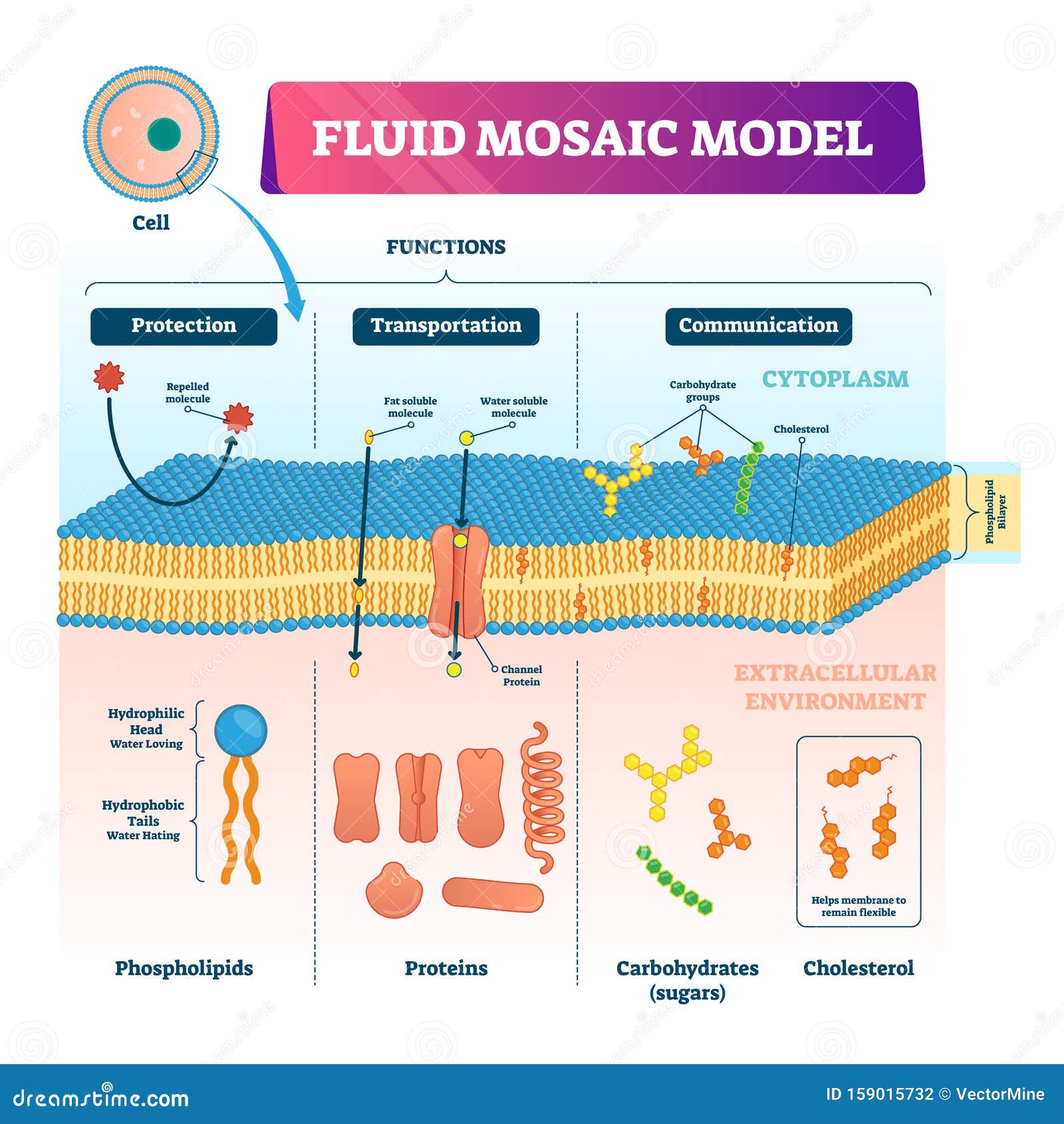

Atomic force microscopy (AFM) allows for the precise imaging of membrane proteins as well as the utilization of single-molecule force spectroscopy (SMFS). Nanodiscs allow for the formation of a native environment for membrane proteins, which is essential to learning more about their structure. Because of the recent advancement of biotechnology, the visualization of membrane protein dynamics and energetics has progressed significantly, in large part due to nanodisc technology. They are embedded in the cell membrane and help in cell to cell communications and molecule transport across the membrane.The relationship between membrane proteins and functional cells is not yet fully understood, in large part due to the lack of knowledge about the structure and dynamics of membrane proteins.

Glycoproteins have a carbohydrate chain attached to them. Transport proteins, such as globular proteins, transport molecules across cell membranes through facilitated diffusion. Structural proteins help to give the cell support and shape.Ĭell membrane receptor proteins help cells communicate with their external environment through the use of hormones, neurotransmitters, and other signaling molecules. Cell membrane proteins have a number of different functions. Portions of these transmembrane proteins are exposed on both sides of the membrane. Integral membrane proteins are inserted into the membrane and most pass through the membrane. Peripheral membrane proteins are exterior to and connected to the membrane by interactions with other proteins. The cell membrane contains two types of associated proteins. MAURIZIO DE ANGELIS / SCIENCE PHOTO LIBRARY / Getty Images Lipoproteins and PCSK9 bound to receptors. Internal organelles are also encased by membranes. Animal cells, plant cells, prokaryotic cells, and fungal cells have plasma membranes. In exocytosis, vesicles containing lipids and proteins fuse with the cell membrane increasing cell size. In endocytosis, lipids and proteins are removed from the cell membrane as substances are internalized. The nucleus and mitochondria are two examples.Īnother function of the membrane is to regulate cell growth through the balance of endocytosis and exocytosis.

They spontaneously arrange to form a lipid bilayer that is semi-permeable such that only certain substances can diffuse through the membrane to the cell's interior.



 0 kommentar(er)
0 kommentar(er)
